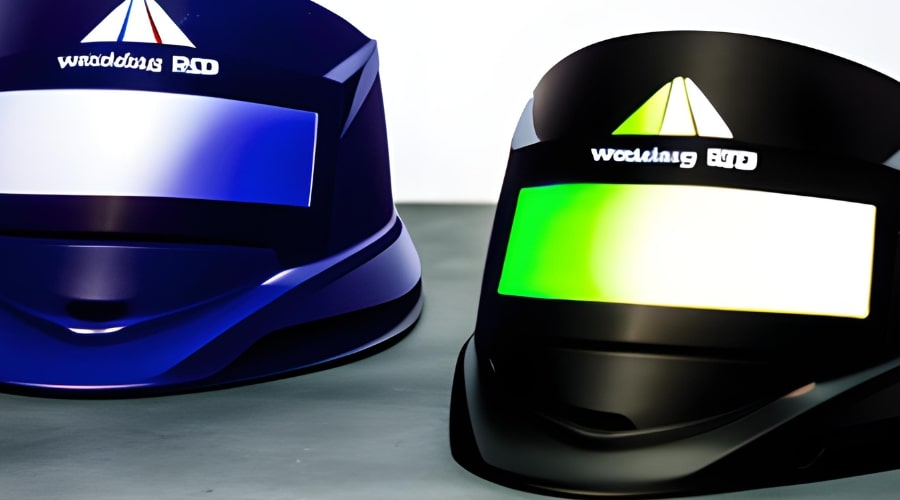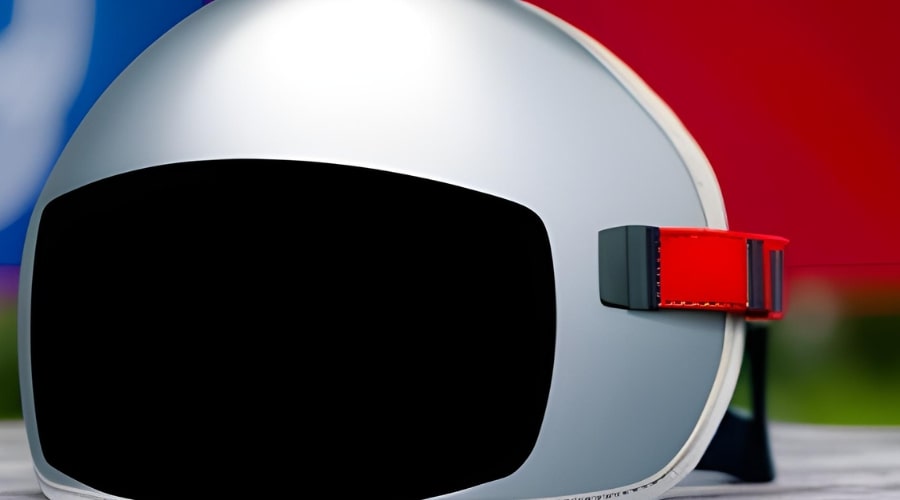Welcome to our comprehensive guide on welding helmet lens shade charts. If you’re involved in welding or interested in learning more about it, understanding the importance of lens shade selection is crucial for your safety and performance. In this article, we’ll explore the significance of welding helmet lens shades, their role in protecting your eyes, and how to choose the right shade for various welding applications.

Why Lens Shades Matter in Welding Helmets
Welding is a process that generates intense light and heat, which can be harmful to your eyes. Exposure to ultraviolet (UV) and infrared (IR) radiation emitted during welding can cause short-term and long-term eye damage, including arc eye, cataracts, and retinal burns. To safeguard your vision, using a welding helmet with the appropriate lens shade is imperative.
Understanding Lens Shade Numbers
Lens shades are rated using a numbering system that indicates the level of darkness they provide. The higher the shade number, the darker the lens. Selecting the correct shade for the welding process you’re undertaking is essential to ensure optimal protection.
Common Lens Shade Chart
Here’s a breakdown of the common lens shade chart and its corresponding applications:
Shade 3
- Ideal for gas welding processes such as oxy-fuel welding and cutting
- Offers sufficient protection against harmful UV and IR radiation
- Not recommended for electric arc welding processes
Shade 5
- Suitable for low amperage electric arc welding processes like TIG (Tungsten Inert Gas) welding
- Provides moderate protection against UV and IR radiation
- Inadequate for higher amperage welding methods
Shade 8-10
- Typically used for medium amperage electric arc welding processes, including MIG (Metal Inert Gas) and stick welding
- Offers increased protection against intense light and radiation
- It may also be suitable for light-duty plasma-cutting applications
Shade 12-14
- Reserved for high amperage welding processes such as heavy-duty stick welding and flux-cored arc welding
- Provides maximum protection against intense light and radiation
- Appropriate for plasma cutting, brazing, and other high-energy operations
Factors to Consider When Selecting Lens Shades
Choosing the right lens shade involves considering several factors. Each welding process has unique characteristics and requires specific levels of protection. Here are some key factors to keep in mind:
Welding Process
Different welding processes emit varying levels of brightness and radiation. Matching the lens shade to the welding process is vital to ensure optimal visibility and safety. Referencing the lens shade chart and following the manufacturer’s recommendations is essential.
Amperage
The amperage of your welding machine plays a crucial role in determining the appropriate lens shade. Higher amperage generates more intense light and radiation, necessitating darker shades for adequate protection.
Welding Environment
Consider the lighting conditions in your welding environment. Bright ambient light can interfere with your ability to see the welding arc clearly. In such cases, a slightly darker lens shade may be required.

Personal Preference and Comfort
While safety should always be the top priority, personal comfort is also important. Trying different shades and consulting with experienced welders can help you find the optimal balance between protection and visibility.
Frequently Asked Questions:
1. What is a welding helmet lens shade chart?
A welding helmet lens shade chart is a reference tool that provides information about the recommended lens shades for various welding processes. It helps welders determine the appropriate level of darkness to protect their eyes from harmful ultraviolet (UV) and infrared (IR) radiation.
2. How does a welding helmet lens shade chart work?
A welding helmet lens shade chart typically displays a range of shade numbers and corresponding welding processes. Welders can refer to this chart to identify the recommended shade number based on their specific welding method.
3. Why is it important to use the correct lens shade?
Using the correct lens shade is crucial for eye safety during welding. The lens shade acts as a filter that blocks harmful UV and IR radiation emitted by the welding arc. By wearing a welding helmet with the appropriate shade, welders can protect their eyes from potential damage and maintain clear visibility of their work.
4. How do I choose the right lens shade for my welding application?
To choose the right lens shade, consider factors such as the welding process, amperage, welding environment, and personal comfort. Refer to the welding helmet manufacturer’s recommendations and consult the lens shade chart to determine the appropriate shade number that provides adequate protection for your specific welding application.
5. Can I use a single lens shade for all types of welding?
No, a single lens shade may not be suitable for all types of welding. Different welding processes emit varying levels of brightness and radiation. Matching the lens shade to the specific welding process is essential to ensure optimal protection and visibility. Refer to the lens shade chart to determine the recommended shade number for each welding method.
6. Can I adjust the lens shade on my welding helmet?
Many modern welding helmets offer adjustable lens shades, allowing welders to adapt to different welding processes. These helmets typically have a variable shade control feature that enables users to select a range of shade numbers according to their specific needs. However, referring to the lens shade chart and following the manufacturer’s guidelines when adjusting the shade for optimal eye protection is important.
Conclusion
Selecting the correct lens shade for your welding helmet is paramount to safeguarding your eyes from harmful radiation. You can ensure optimal welding protection and visibility by referring to the welding helmet lens shade chart and considering factors such as the welding process, amperage, environment, and personal comfort.
Remember, always prioritize your safety and adhere to the guidelines provided by the welding helmet manufacturer. Investing
Helmetslab is a website that focuses on providing in-depth reviews and information about different types of helmets, including motorcycle helmets and others helmets. I am writing a post with proper research on the info that helps helmet users.
